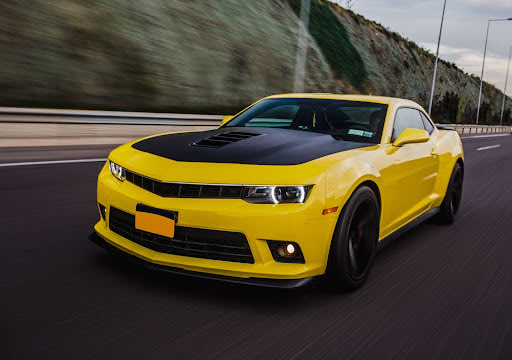From time to time, web experts have emphasized the importance of adding visuals to content. The pictures make your web pages more appealing and attractive for the users while increasing engagement and conversion rates. Plus, they keep users engaged by giving them an idea of what’s coming next. In fact, some readers even ignore the text and concentrate only on the images to comprehend the textual context.
But did you know images also influence the position of your business on search engine rankings? When optimized correctly, your pictures can do wonders for your page's visibility and SEO strategy.
In this guide, let's discuss simple yet effective ways of optimizing your images according to SEO protocols so you can improve your website’s performance in no time.
What Exactly is Image Optimization?
The process of image optimization is not only about adding high-end images between the lines of text. To ensure proper optimization, you must choose the correct format, size, and picture quality. They should also have accurate labels so search engine crawlers can read your image and rank it accordingly.
Tips to Optimize Images for SEO
Here, we will navigate the best tips to optimize images as per SEO guidelines to help you gain more organic leads and conversions.
Pick a Suitable Image
You must first pick the right image that helps visitors understand what your content is all about. This should go without saying but the picture you use should be relevant to the text you have written. They should also complement your page layout and design.
When choosing pictures for your page, we suggest designing custom illustrations or doing personal photography. These will give you a great way of sharing your own narrative.
However, you can also opt for relevant stock images from online platforms. There is a wide selection of these images available for commercial use by law. The additional benefit is that stock pictures can be instantly downloaded and ready to use within a matter of minutes. You are also free to customize them according to the branding of your page.
Choose the Right Name
Google has pretty straightforward recommendations on picking a specific image file name. They suggest using descriptive titles for the image rather than random text,
For instance, naming this picture of the car depends on how you want it to appear on the search engine.

Unsuitable: IMAGE00023.jpg
Suitable: Yellow-sports-car.jpg
When you name the picture exactly what it is, users can find it when they look for something with similar keywords.
This is why it is vital to choose direct, non-complicated keywords. Considering the same image, ‘yellow sports car’ is a suitable keyword, but overcomplicating or overstuffing may result in zero response from search engines.
Use Descriptive ALT Text
Also known as an ALT attribute and ALT description, ALT tags briefly describe the image you are using when it is unavailable on the screen for some reason. It also allows visitors who use a screen reader to see what’s coming next.
For example, let’s take a look at the below picture:

Suitable ALT tag: Woman model in a suit posing for the camera
Unsuitable ALT tag: Woman model
Choosing an unsuitable ALT makes it hard for the crawlers to match the relevant content with images. Moreover, It can also make it difficult for people with reading disabilities to understand what you claim in your content.
To avoid the problem, ensure that your tags can describe the image appropriately. You don’t have to write long descriptions for the picture. A couple of words can do the trick.
Choose Appropriate File Type and Compression
The images you see on the web are usually from the two main formats: JPG and PNG.
One thing common between both the image types is that they are compressed versions. The compression method on each format is used to reduce the size of the image without disrupting quality. This helps improve the loading time as most marketing and SEO experts have emphasized the 3- 8 second rule. According to them, visitors have a brief attention span; therefore, you must grab their attention through fast-loading visuals.
JPG
JPG files are the most popular format for sharing pictures on the digital platform. They include a lossy compression and are very compact.
PNG
PNG has lossless image compression. It allows you to change the resolution and size of the image without any damage to the actual image quality. PNG images have a sharper quality which makes them larger in size when compared to JPG.
There are plenty of free image compressors available on the internet. They play a critical factor in the SEO success of your website.
Use a Sitemap For Images
A sitemap is a highly-encouraged file that allows you to list different web pages, so search engines are better able to understand the hierarchy of your website. If you want the crawler to notice images along with text, consider adding all the photos, thumbnails, and infographics in the sitemap. Every image you add should have the below details:
Title Description URL location Captions Licensed information
Conclusion
Image SEO is an essential part of any website. Without them, it will be impossible to gain the attention of your audience that will potentially aid in conversions. It also helps the search engines take notice of your page and effectively rank them in the SERPs.
So use relevant images to create a personalized look for your website. You must also focus on naming the files and adding a sitemap so the search engine crawlers can recognize your content easily. But do avoid stuffing your pictures with irrelevant titles. It would be a foolish attempt to trick Google.